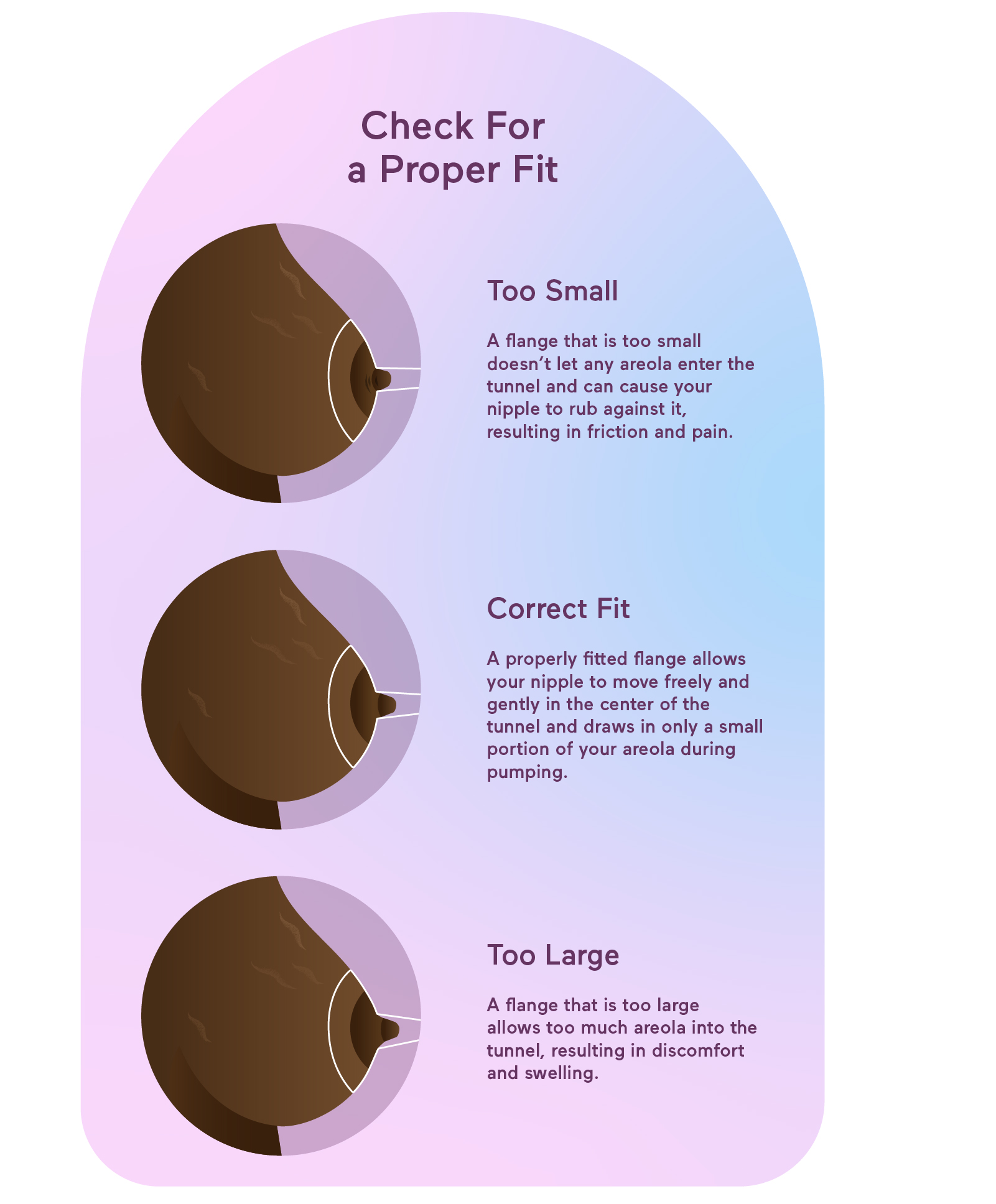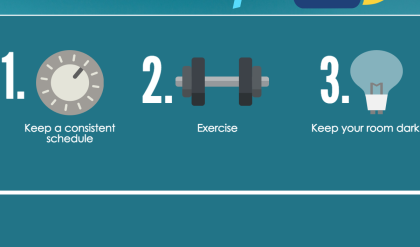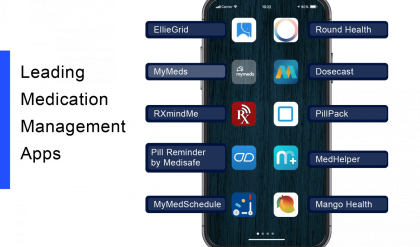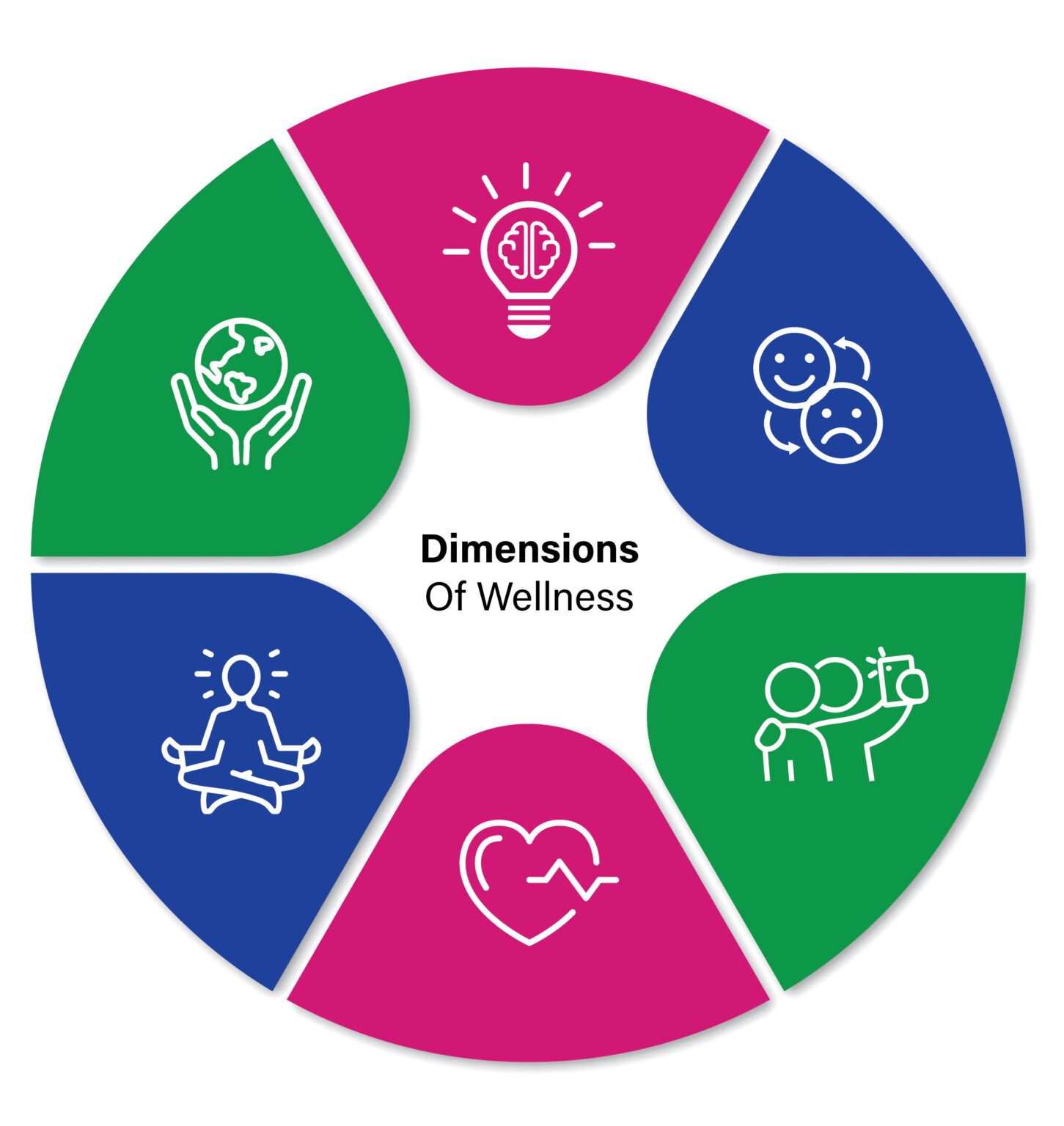
Stress Less: Finding Local Wellness Services That Fit Your Budget
We live in a relentlessly busy world. Deadlines loom, to-do lists stretch endlessly, and the pressure to “do it all” can feel overwhelming. The result? Stress. Chronic stress takes a toll on our physical and mental well-being, impacting everything from sleep to digestion to our overall mood. But what if we told you there’s a wealth of affordable wellness services right in your community, waiting to help you reclaim your calm? This guide will help you navigate the landscape of local wellness, find the perfect fit for your needs, and importantly, your budget.
Understanding Your Wellness Needs:
Before diving into the search, it’s crucial to identify your specific stress triggers and desired outcomes. Are you grappling with anxiety, struggling with sleep, experiencing muscle tension, or simply yearning for a sense of inner peace? Honesty with yourself about your needs is the first step towards finding effective solutions. Consider journaling, reflecting on your daily routine, or even chatting with a trusted friend to pinpoint the root causes of your stress.
Exploring Affordable Wellness Options:
The beauty of local wellness is its diversity. You don’t need to break the bank to invest in your well-being. Explore these affordable avenues:
1. Community Centers and Recreation Departments:
Many communities offer affordable yoga classes, meditation workshops, and fitness programs through their recreation departments. These options often provide a welcoming and inclusive environment, perfect for beginners.
2. Local Libraries and Community Colleges:
Don’t underestimate the power of your local library! Many offer free workshops on stress management techniques, mindfulness practices, and even book clubs focused on well-being. Similarly, community colleges often host affordable wellness workshops and courses.
3. Group Fitness Classes:
Bootcamps, Zumba, and other group fitness classes are often more budget-friendly than personal training sessions. The social aspect can also boost motivation and provide a sense of community.
4. Volunteer Work:
Giving back to your community is a surprisingly effective stress reliever. Volunteering connects you with others, provides a sense of purpose, and offers a welcome distraction from daily pressures.
5. Nature’s Embrace:
Sometimes the simplest solutions are the most effective. Spend time in nature! A walk in the park, a hike in the woods, or simply sitting under a tree can significantly reduce stress levels. It’s free, accessible, and incredibly restorative.
Creative Budgeting Strategies:
Finding affordable wellness doesn’t mean sacrificing quality. Here are a few savvy strategies to maximize your wellness budget:
- Look for introductory offers and discounts: Many studios and practitioners offer discounted first-time classes or sessions.
- Take advantage of package deals: Purchasing a block of classes upfront often results in significant savings.
- Consider group rates: Group sessions are generally cheaper than individual sessions.
- Utilize free resources: Explore free online meditation apps, YouTube yoga videos, and guided relaxation tracks.
- Prioritize your needs: Focus on the wellness services that address your most pressing needs first.
Finding Local Resources:
Use online search engines, social media, and community bulletin boards to locate local wellness services. Check websites for pricing, schedules, and reviews. Don’t hesitate to contact providers directly to inquire about discounts or payment options.
| Service Type | Average Cost Range | Benefits |
|---|---|---|
| Yoga Class | $10-$25 per class | Increased flexibility, stress reduction, improved mood |
| Meditation Workshop | $20-$50 | Reduced anxiety, improved focus, enhanced self-awareness |
| Group Fitness | $10-$15 per class | Improved physical health, stress relief, boosted energy |
| Nature Walk | Free | Reduced stress, improved mood, connection with nature |
Remember: Investing in your well-being is an investment in your overall health and happiness. By exploring the diverse and affordable wellness options available in your community, you can find the perfect path to a less stressful and more fulfilling life. Start small, experiment with different approaches, and most importantly, be kind to yourself along the way. Your journey to a calmer, healthier you starts now.
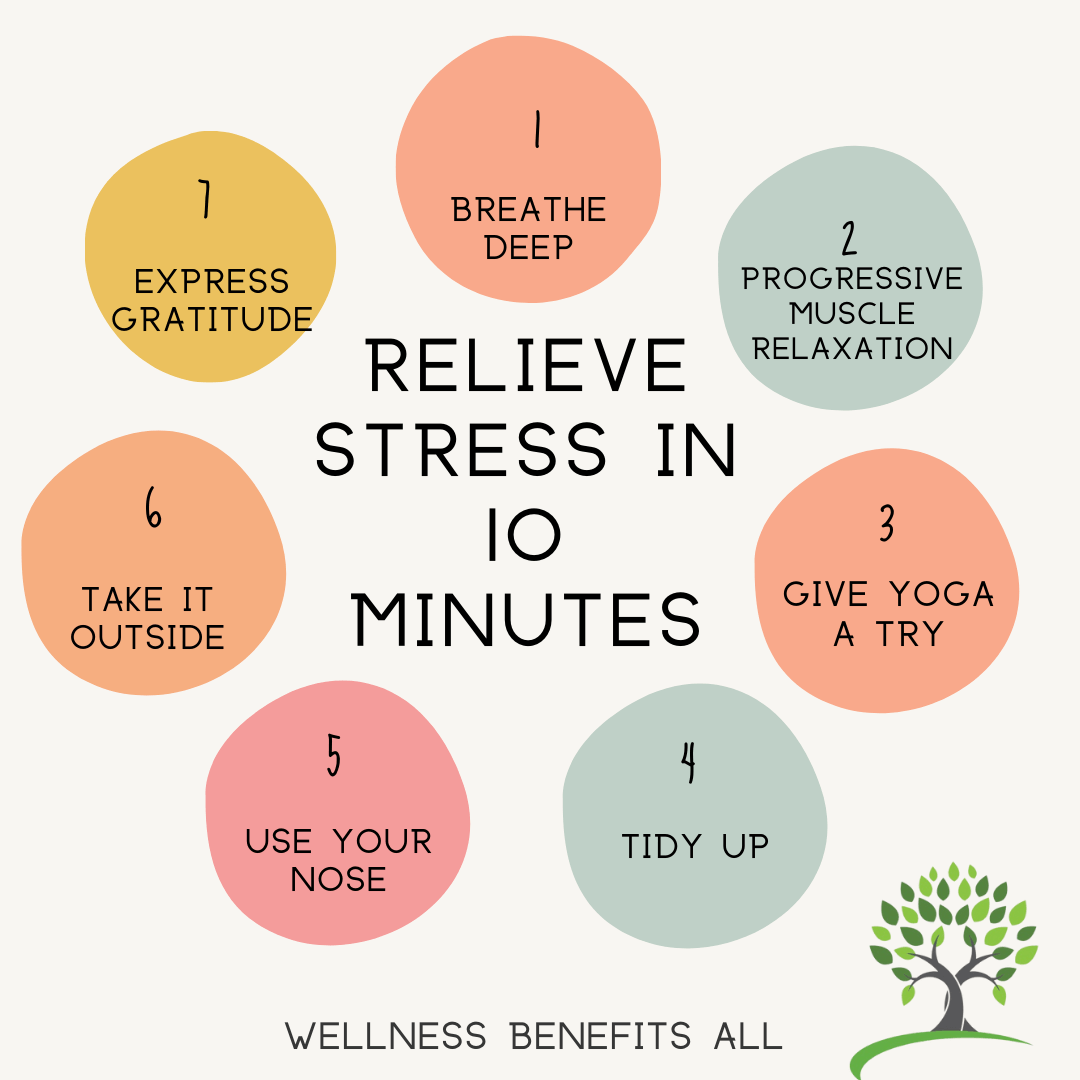
Additional Information
Stress Less: A Deeper Dive into Accessible Local Wellness
The initial article, “Stress Less: Finding Local Wellness Services That Fit Your Budget,” likely provides a foundational overview of locating affordable wellness options. This expanded analysis delves deeper into the complexities of accessing these services, examining barriers, identifying effective strategies, and exploring the broader societal impact of accessible wellness.
I. Barriers to Accessing Affordable Wellness Services:
Beyond simple cost, several significant barriers limit access to affordable wellness services, impacting the efficacy of any “stress less” strategy:
-
Geographic Location: Rural communities often lack the density of wellness providers found in urban areas. This “wellness desert” phenomenon creates significant travel challenges and limits choices, potentially hindering accessibility for those with limited transportation options or mobility issues. A case study could analyze the difference in wellness service availability and utilization between a rural county and a comparable urban center.
-
Insurance Coverage: Even with insurance, deductibles, co-pays, and limited provider networks can significantly restrict access to specific therapies or practitioners. Statistics on the percentage of health insurance plans covering various wellness modalities (e.g., acupuncture, massage therapy, yoga) would illuminate this issue.
-
Lack of Awareness and Information: Many individuals are unaware of the breadth of affordable wellness options available within their communities, or lack the knowledge to navigate the system effectively. This highlights the need for improved community outreach and resource directories. An analysis of the effectiveness of different community outreach programs would be valuable.
-
Time Constraints: The demands of work, family, and other responsibilities can limit the time available for attending wellness appointments. Flexible scheduling options and shorter appointment lengths are crucial for improving accessibility.
-
Cultural and Linguistic Barriers: Language barriers and cultural misunderstandings can impede access to services, particularly for immigrant communities. The availability of multilingual providers and culturally sensitive programs is crucial for addressing this issue.
II. Strategies for Enhancing Accessibility:
Overcoming these barriers requires a multi-pronged approach:
-
Expanding Telehealth Options: Utilizing telehealth platforms can significantly reduce geographical limitations and improve access for individuals with mobility issues or those in remote areas. A cost-benefit analysis comparing in-person vs. telehealth wellness services could be insightful.
-
Community-Based Initiatives: Support for community-based wellness programs, possibly subsidized by local governments or non-profit organizations, could broaden access for low-income populations.
-
Improved Insurance Coverage: Advocating for expanded insurance coverage of wellness services would increase affordability for a larger segment of the population. Analyzing the impact of policy changes on wellness service utilization would be beneficial.
-
Public Awareness Campaigns: Targeted campaigns to raise awareness of available resources and promote the benefits of wellness can encourage individuals to seek help.
-
Sliding-Scale Fees and Payment Plans: Wellness providers could implement sliding-scale fees based on income levels, offering more affordable options for low-income individuals. Payment plans could also improve affordability.
III. Societal Impact of Accessible Wellness:
Investing in accessible wellness services yields broad societal benefits:
-
Improved Public Health: Increased access to preventative wellness measures can reduce the burden on the healthcare system by lowering rates of chronic stress-related illnesses, such as heart disease, anxiety disorders, and depression. Studies correlating access to wellness services with reduced healthcare costs would be relevant.
-
Enhanced Productivity: Reduced stress and improved mental and physical well-being can lead to increased productivity in the workplace and improved overall economic output.
-
Reduced Healthcare Disparities: Addressing barriers to access can help reduce health disparities between different socioeconomic groups.
IV. Conclusion:
Making wellness services more accessible is not merely about individual well-being; it’s a crucial investment in public health and societal well-being. A comprehensive approach addressing geographical barriers, insurance limitations, cultural factors, and time constraints is necessary to ensure that everyone has the opportunity to prioritize their mental and physical health, thereby mitigating stress and improving their quality of life. Further research focusing on the return on investment of accessible wellness initiatives would further strengthen the argument for increased investment in this area.
